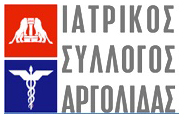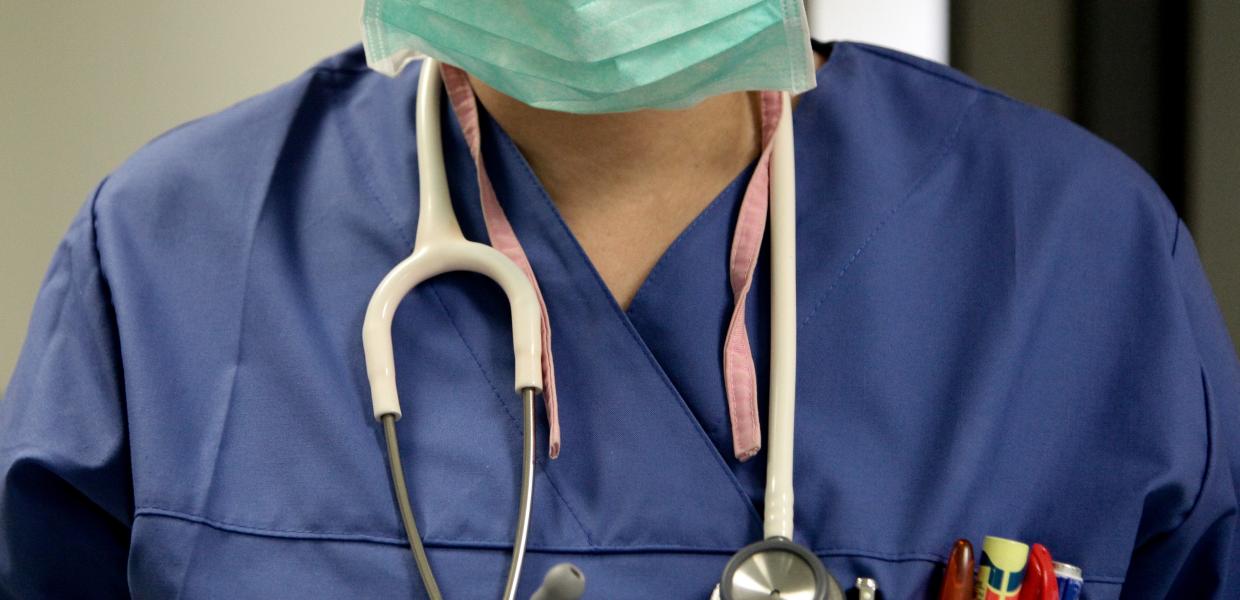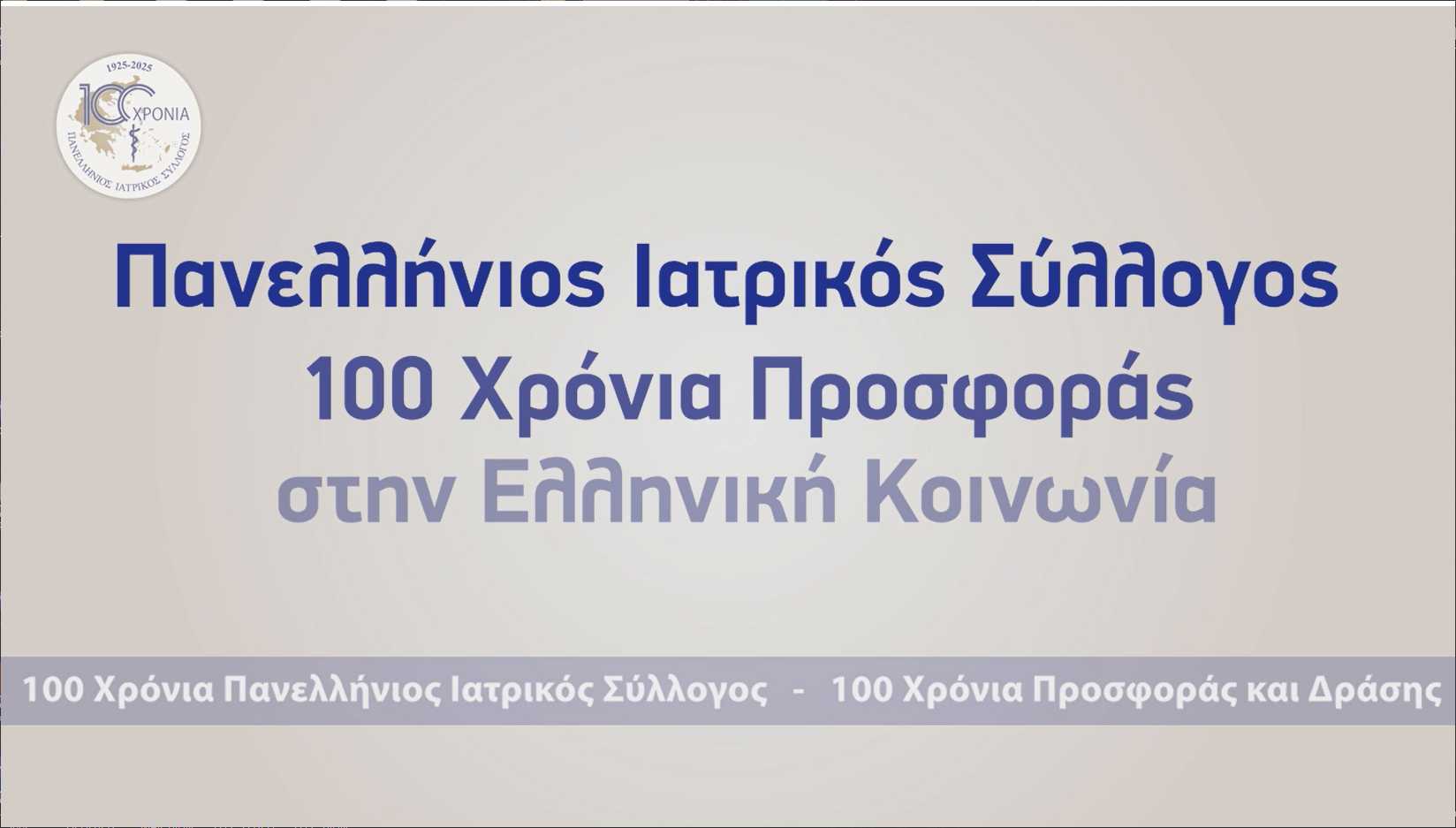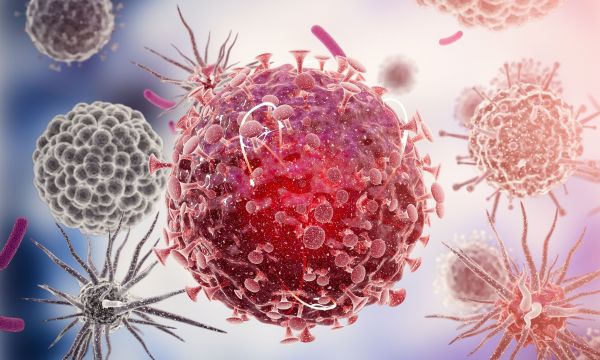CASE PRESENTATIOΝ: Glucocorticoids use in COVID-19
Date of Presentation: 16th February 2020, NEJM360
A 45 year old man, who enjoyed good past health and had a history of allergy to amoxicillin/clavulanate, presented with 4-day history of fever up to 38.3’C with dry cough, running nose, and loss of taste. A colleague at his workplace was recently diagnosed to have COVID-19 infection. On presentation, he was well without desaturation at room air. X-ray of chest showed clear lung fields. Blood tests showed a total white cell count of 3.4 x 10^9/L, lymphopenia of 0.6 x 10^9/L, and a lactate dehydrogenase (LDH) of 213 IU/L. Nasopharyngeal aspirate, throat swab and deep throat saliva were all positive for SARS-CoV-2 on RT-PCR. On hospital day 1 (day 5 since symptoms onset), he was started on the triple antiviral therapy with lopinavir/ritonavir 400mg/100mg twice per day, ribavirin 400mg twice per day, and one dose of interferon beta-1b 8 million units subcutaneous injection, given according to the recommendations from local treatment guideline. Between hospital day 2-5 (day 6-9 since symptoms onset), he had persistent dry cough without other chest symptom; he also developed watery diarrhea which could be attributed to both the disease (his stool was tested positive for SARS-CoV-2) as well as side effect from lopinavir/ritonavir.
However, on hospital day 6-7 (day 10-11 since symptoms onset), he developed exertional dyspnea and desaturation at room air requiring 2L/min oxygen supplement. Repeated chest X-rays showed new and progressive bilateral lung infiltration, while blood tests showed progressive lymphopenia down to 0.4 x 10^9/L and rising LDH to 394 IU/L. Intravenous hydrocortisone 50mg every 8 hours and oral levofloxacin 750mg daily were added in addition to the antiviral treatment. Condition gradually stabilized and oxygen supplement was weaned off on hospital day 11 (day 15 since symptoms onset). Steroid was tailed off over 10 days and a course of 14 days of antiviral treatment was completed. Follow up chest X-ray showed complete resolution of lung infiltration.
Pertinent Laboratory values:
Hospital day 1 (day 5 since symptom onset): wcc 3.4, lymphocyte 0.6, LDH 213
Hospital day 6-10: nadir lymphocyte 0.4, peak LDH 394
Pertinent Imaging:
Hospital day 1 (day 5 since symptom onset): CXR showed clear lung fields
Hospital day 6-10: serial CXRs showed new and progressive bilateral infiltration
Treatment and Outcomes:
Hospital day 1-5 (day 5-9 symptom onset):
– Lopinavir/ritonavir 400mg/100mg twice per day
– Ribavirin 400mg twice per day
– One dose of interferon beta-1b 8 millionunits subcutaneous injection
(given according to the recommendations from local treatment guideline)
Hospital day 6-10:
– Continued with lopinavir/ritonavir and ribavirin
– Added IV hydrocortisone 50mg every 8 hours
– Added oral levofloxacin 750mg daily
Hospital day 11 onwards:
– Oxygen supplement weaned off since hospital day 11
– Steroid tailed off since hospital day 15
– CXR showed complete resolution of bilateral infiltration
LESSONS LEARNED:
A dysregulated immune response or pro-inflammatory cytokines storm were implicated in the pathogenesis of acute lung injury in Severe Acute Respiratory Syndrome (SARS) and Middle East Respiratory Syndrome (MERS). Although limited studies on the use of glucocorticoids in these coronaviruses infection did not show any benefit, cautious use of a short course low-dose steroid in SARS-CoV-2 infection may still be worthwhile in selected patients, in whom deterioration after an initial stable illness could be related to cytokine storm.





